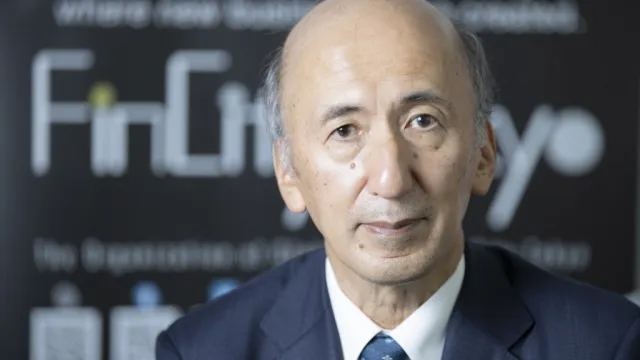Hong Kong
Industrial production for manufacturing up 0.3% in Q2
Industrial production for manufacturing up 0.3% in Q2
Its producer price index also inched up 0.8% YoY.
Hong Kong retains crown as world's freest economy for the 37th year
The city bested 116 other economies in international trade freedom and regulations.
Value of construction work down 8% to $57b in Q2
The value of construction projects for public sector sites crashed 26.9% YoY.
Real estate and insurance industries saw double-digit growth in business receipts in Q2
Business receipts in nine out of 15 service industries went up in value.
HKEX makes $285.86b unsolicited bid for the London Stock Exchange
However, the proposal requires the London bourse to terminate its acquisition of Refinitiv.
Overcoming regional pricing barriers
"Asian markets and customers are much too price sensitive!" "We are experiencing 20%+ growth. Why do we need to fix pricing? In Asia, it's about growth!" These are common beliefs about the Asian market. However, they are generic and in many cases inaccurate. This article will look at why pricing in Asia is different to the rest of the world, and how to manage those differences. Asia consists of four major regions, China, India, North East Asia (Japan and Korea) and South East Asia (ASEAN). There are significant differences with respect to pricing between these regions. Hong Kong is not only a big regional center but also quickly becoming an important route into China. This article will reflect mainly the perspective of the chemical industry, focusing on each region separately. Four unique elements of pricing in Asia There are four unique elements of pricing in Asia: 1. The GTM and channel model makes pricing complex. 2. There is an over-reliance on volume-based rebates as incentives in pricing. 3. FX volatility has an ongoing impact on pricing. 4. Cultural norms influence how price discussions are made. We will evaluate the relevance of these elements in each of the four regions in Asia. 1. GTM and Channel The GTM and channel model tends to be complex in Asia, especially in China and India. First of all, the number of channel partners is high. In some cases, like in agro-chemicals in China, it's not unusual to have ten channel partners between the supplier and end customers. Each channel partner takes a share of the commercial terms offered by the suppliers, this makes it difficult to estimate the share of each and the price to the final user of the product accordingly. Hong Kong based corporations would be better at managing the operations in China vis-à-vis corporations based in the Europe and US.
Sun Hung Kai sells homes 20% lower as protests persist
The price is close to those set two years ago for the same development.
Icon Group acquires Hong Kong oncology clinic SunTech Medical
It is keen to make inroads into the ageing city.
Hong Kong economy may post 0% growth in 2019
However, GDP growth may recover 1.2% by 2020.
Expats eye retreat from Hong Kong amidst unrest
Applications for general employment visas dropped 7% in August.
Tourist arrivals plunge 40% in August in sharpest decline since SARS crisis
The social unrest which blocked airport and roads spooked tourists.
Sales of watches expected to steady or grow in 2020
Smart and automatic watches are viewed as the most popular categories.
Rohto Advanced Research joins Science Park
It will conduct basic research on stem cells.
Hong Kong heads towards recession as August PMI sinks to 11-year low
Cutbacks in purchasing activity was the worst recorded since July 1998.
Must Garment wins apparel category at HKB Designed in Hong Kong Awards
The company designs sustainable jeans manufactured from recycled plastic bottles.
New residential launches halved in July-August
Billion Development’s The Aurora's sold-out units are Tsuen Wan's cheapest in a decade.
Tourist arrivals down 4.8% to 5.2 million in July
Arrivals from China dropped 5.5% in the same month.
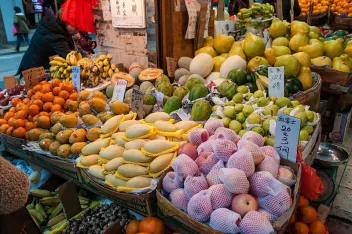

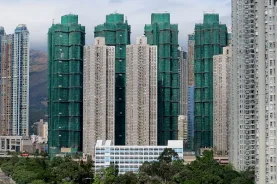


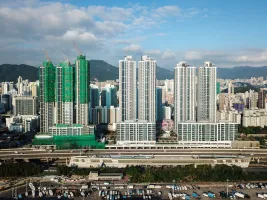

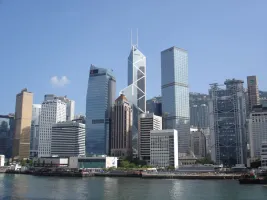
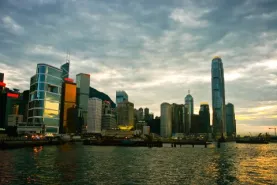

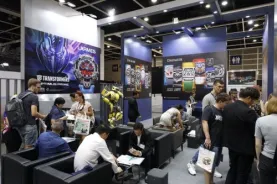


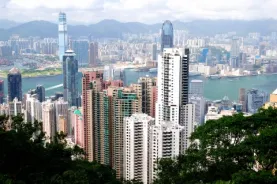
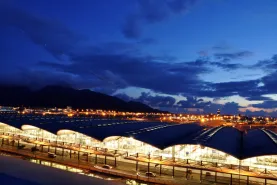

 Advertise
Advertise




